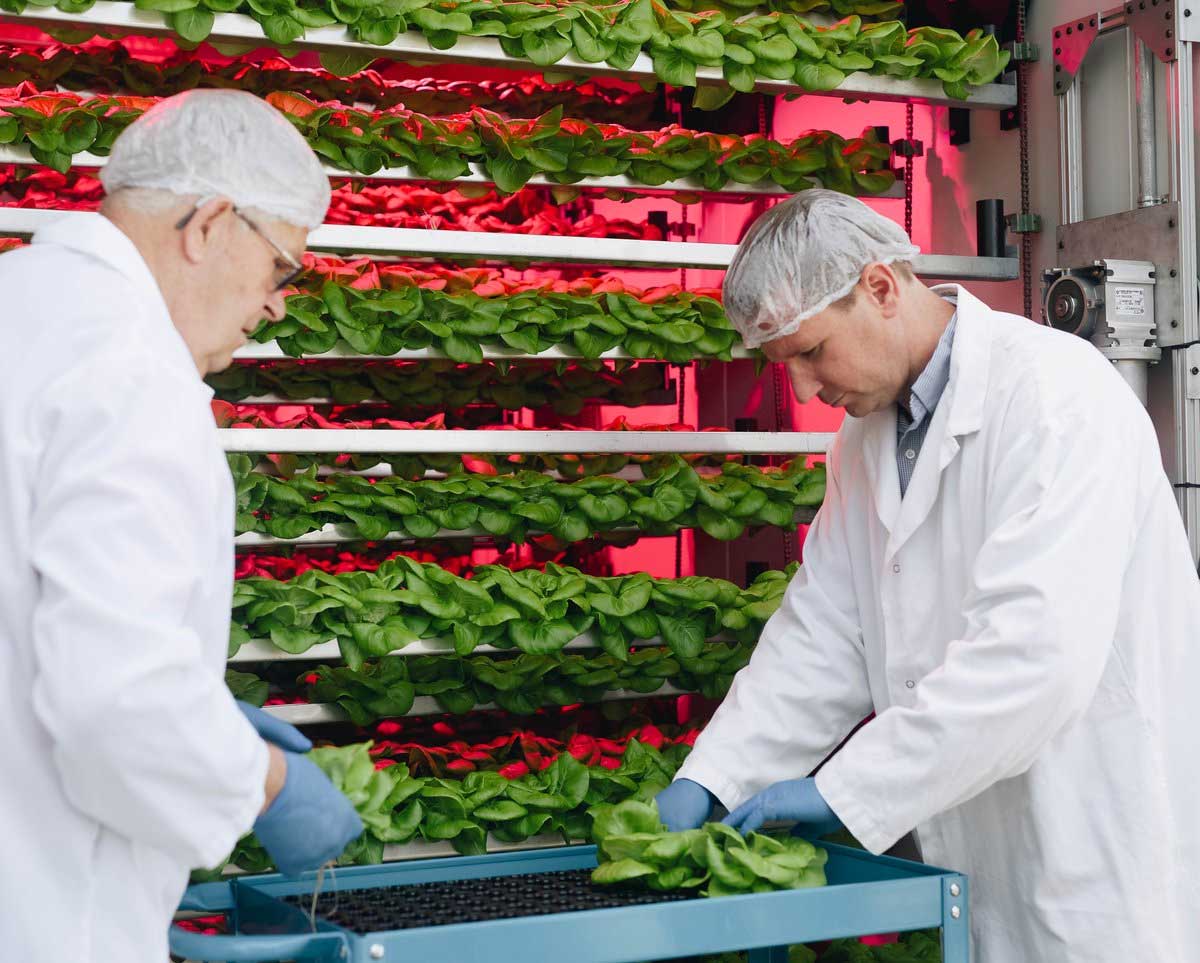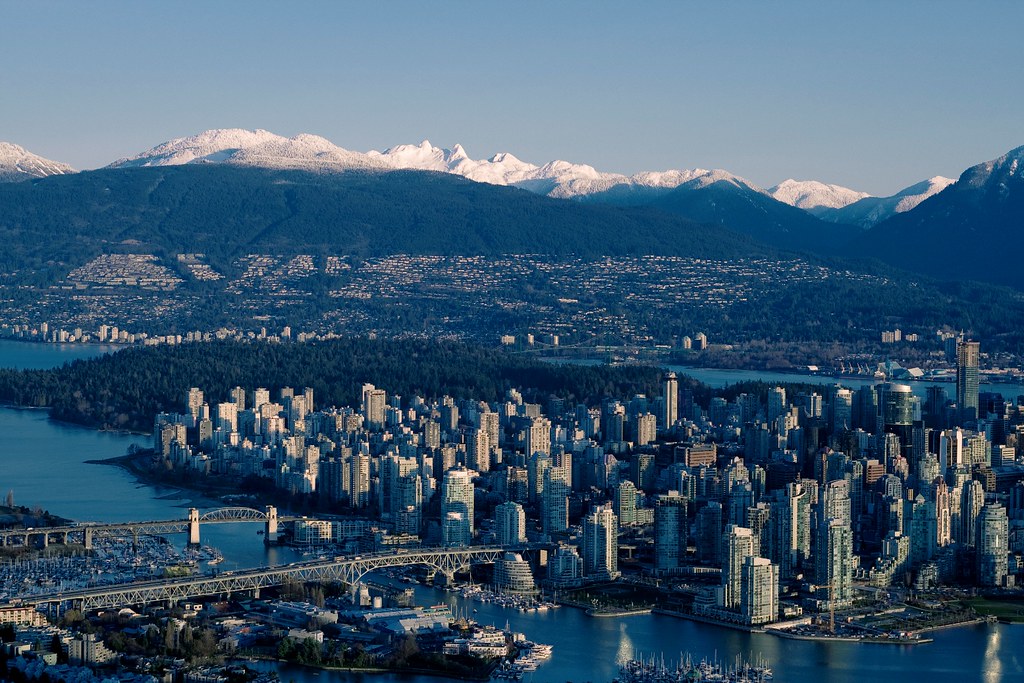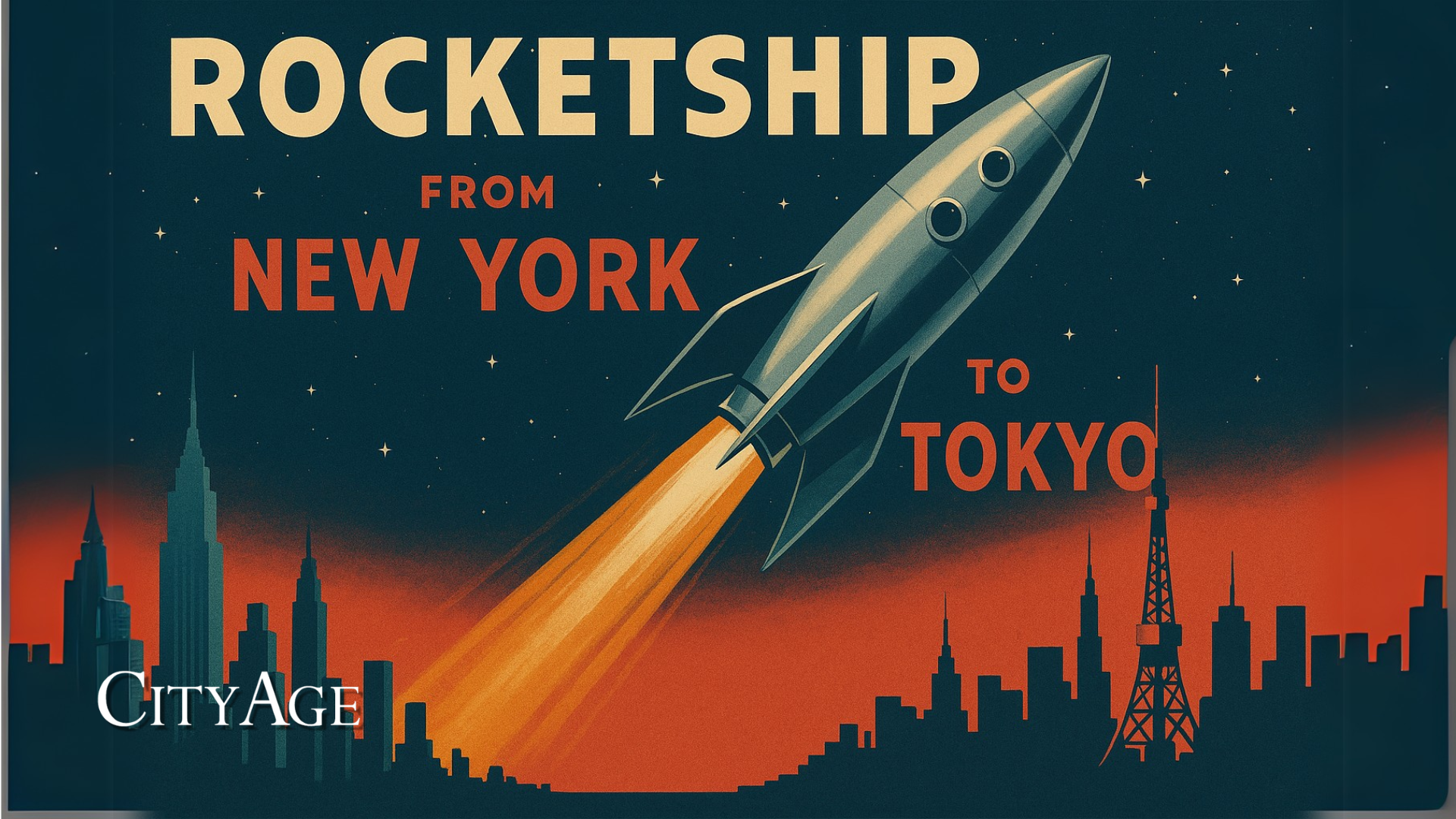An Interview with Dave Dinesen, CEO of CubicFarms, on the future of food.
Greenhouses have been around for centuries in some form or another, to help us extend growing seasons. But they can be finicky, don’t work in all climates and can be labor intensive. A pandemic can make it even tougher to airlift in our California veggies. David Dinesen, the CEO of CubicFarms, says there’s a better way to solve the world’s looming food shortages and get us a truly fresher and more sustainable salad to the table, whatever Mother Nature throws at us.
CityAge: Dave, what’s wrong with the old way of getting our vegetables? Who doesn’t like arugula from California in December?
Dave Dinesen: The pandemic has really underscored the importance of food security, because all of sudden, when you don’t have airplanes landing at every airport every 30 seconds, you realize we need to be able to grow and supply food locally.
It’s also not sustainable to rely on long-supply-chain agriculture, because a huge amount of energy is used to grow relatively short shelf life, fragile food and ship it enormous distances. That’s a huge amount of energy. Then an enormous amount of food is wasted during transport. So, being able to grow locally just makes so much more sense.
CA: But isn’t the food security issue going to abate after the pandemic?
DD: We live in a world where we have seven billion people today, but there’s going to be several more billion people in the next couple of decades. And yet, all of our grazing lands are fully utilized. All of our farming lands are fully utilized. The world’s freshwater is fully utilized. We’re going to have to use technology to be able to grow far more than we’re growing today.
CA: Okay, so how does CubicFarms help us?
DD: CubicFarms was developed by Jack and Leo Benne, Dutch immigrants who came to Canada in the 80’s and founded a large propagation greenhouse operation in Langley, British Columbia, near Vancouver. It’s become the largest propagation greenhouse operation in North America.
In 2010, they were invited to Puerto Rico, where they have storms that regularly destroy every greenhouse on the island, and so, most of their agricultural products that they consume are imported. How do you grow locally with terrible growing conditions?
That’s when they developed very high density growing in a relatively small space using very little energy, very little labor and very little water. You can grow enormous quantities indoors in a very automated way. They literally drew the idea for CubicFarms on a napkin on the plane ride home.
CA: So how does CubicFarms work?
DD: We build all of our CubicFarms inside 40′, stainless-steel, custom-built growing chambers. And inside each of these chambers is one row of lights at the top with hundreds of trays that move up to the light and away from the light and then move the trays of plants from the front to the back and to the front again so that they’re always bathed in light as they’re moving through that path. You can stand in one spot at the front and do all of your harvesting and planting and every few seconds a new tray of plants comes to you.
It’s the perfect day, every day, for a plant. This allows you to grow reliably, 12 months a year, pretty much anywhere on earth.
CA: Can’t we do that with old-fashioned greenhouses?
DD: Greenhouses don’t work everywhere. There’s lots of places where it is either too hot or it is too cold and it’s not going to work. Or, it’s not going to work all year. The other thing is that a greenhouse requires a professional grower. You’ve really got to know what you’re doing because of the variables that happen every day in a greenhouse. You are still subject to what’s happening outside. You’re still open to the environment, to pests and bugs, and if it’s too cloudy or too cold or too hot.
CubicFarms are almost fully automated. And anyone can learn to use them.
CA: So we can grow everything inside a CubicFarm?
DD: Obviously, you’re not going to grow bananas inside of a CubicFarm. But it’s ideal for plants that grow 8” high, and even in some configurations up to 15″ tall. There are so many plants that fit that category, that are high volume, that would be better grown locally than centrally and shipped far distances.
That’s why leafy greens, herbs, microgreens, basils, things like that, lend themselves well because they’re high volume, relatively short shelf life, and yet so desirable. You can grow microgreens and all sorts of miniature crops. We can do micro broccoli and micro corn and wheatgrass. We’ve grown dill, cilantro, mint, arugula, almost anything that you’ll see in that part of the grocery store, we’re able to grow.
You can also clone trees. You could do bedding plants.
CA: Hmmm. Interesting. Let’s look at lettuce. How would CubicFarms work with getting lettuce onto my hamburger in the winter?
DD: You could grow it locally, near where people live. So, any sort of major population center would have a number of these machines and you could feed that local population.
One person’s going to eat about 100 heads of lettuce per year on average. Each CubicFarm is going to grow about 100,000 heads of lettuce per year. So one is going to feed about 1,000 people. So, if you had a million people in your city, you’d need about 1,000 machines, which actually is not that big of a number, when you consider that each of them is only 320 square feet.
So, it’s a very doable thing for a population to supply itself. It’s probably not reasonable to assume that 100% of produce is going to be done that way, but you can certainly have a very meaningful supply grown locally.
CA: Sounds expensive?
DD: You can go to a grocery store right now and you’ll be able to find CubicFarm grown produce on the shelf, right beside something that’s come from California. And the pricing is identical. It absolutely is competitive. And I would say there’s a lot less waste in how products are grown in a CubicFarm.
CA: Would that lettuce taste different?
DD: With our locally grown, live head of lettuce you can eat the whole plant, all the way down to the root. It’s delicious and it’ll stay fresh for a long period of time. It’s fantastic. It tastes better and is better for you. It retains its nutritional value much better than a cut product which begins to deteriorate right away.
CA: Why is that?
DD: We’re able to harvest live and our packaging really supports that live harvested plant — the roots are there so that it stays fresh for a long period of time as opposed to a cut product that’s been shipped from a long way away. If you get a big head of lettuce (from California) you always have to chop off the bottom bits that are too hard and woody to eat, and half the leaves on the outside usually look kind of nasty.
CA: What about livestock? Can CubicFarms work on that scale, too?
DD: Most of the year, Canada’s grazing lands are often covered in frost or snow. And in other parts of the world, it’s too hot to irrigate grazing lands in the summertime. CubicFarms allows you to feed animals with live, green animal feed 12 months a year. You literally are creating grazing land, but are doing it indoors.
So on a livestock farm, you’re able to have far more animals on the same amount of land but still treat them very well by giving them fantastic, live, green feed year round, as though they are grazing. Yet, you don’t have to invent hundreds of acres of grazing lands, which are already fully tapped out, or not available in the winter months, or when it’s too hot.
The animals you look after are going to live longer and be healthier. You’ll get more money for your meat, you’ll get more milk and better quality.
CA: So, when can people expect to see a CubicFarm in their community?
DD: Today we’re in four countries — Canada, the U.S., Italy, and Japan. We’re growing very rapidly. It seems, since the pandemic, the issue of food security has become a real issue. We’ve seen a significant increase in our order book so we’ve installed 55 machines to date and we’ve got another 161 under contract and many more in our pipeline, in various countries. So, growing very, very quickly.




